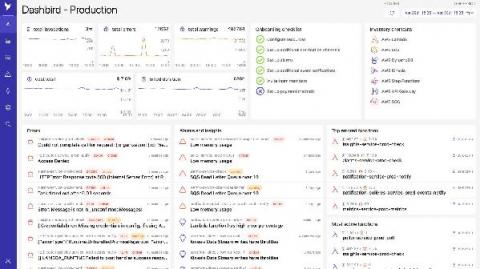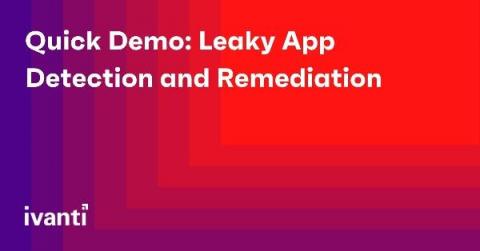Unified orchestration and lifecycle automation for end-to-end 5G deployment
Operators are currently modernizing their network for 5G deployments. Important elements in these transformations are the disaggregation of hardware and software. This transformation is seen in both the 5G Core (5GC) and Radio Access Network (RAN) architecture. Furthermore, the decoupling of hardware and software opens up the ability to support multi-vendor networks. SDN and NFV emerged as innovative technology for service providers to build their next generation networks.











